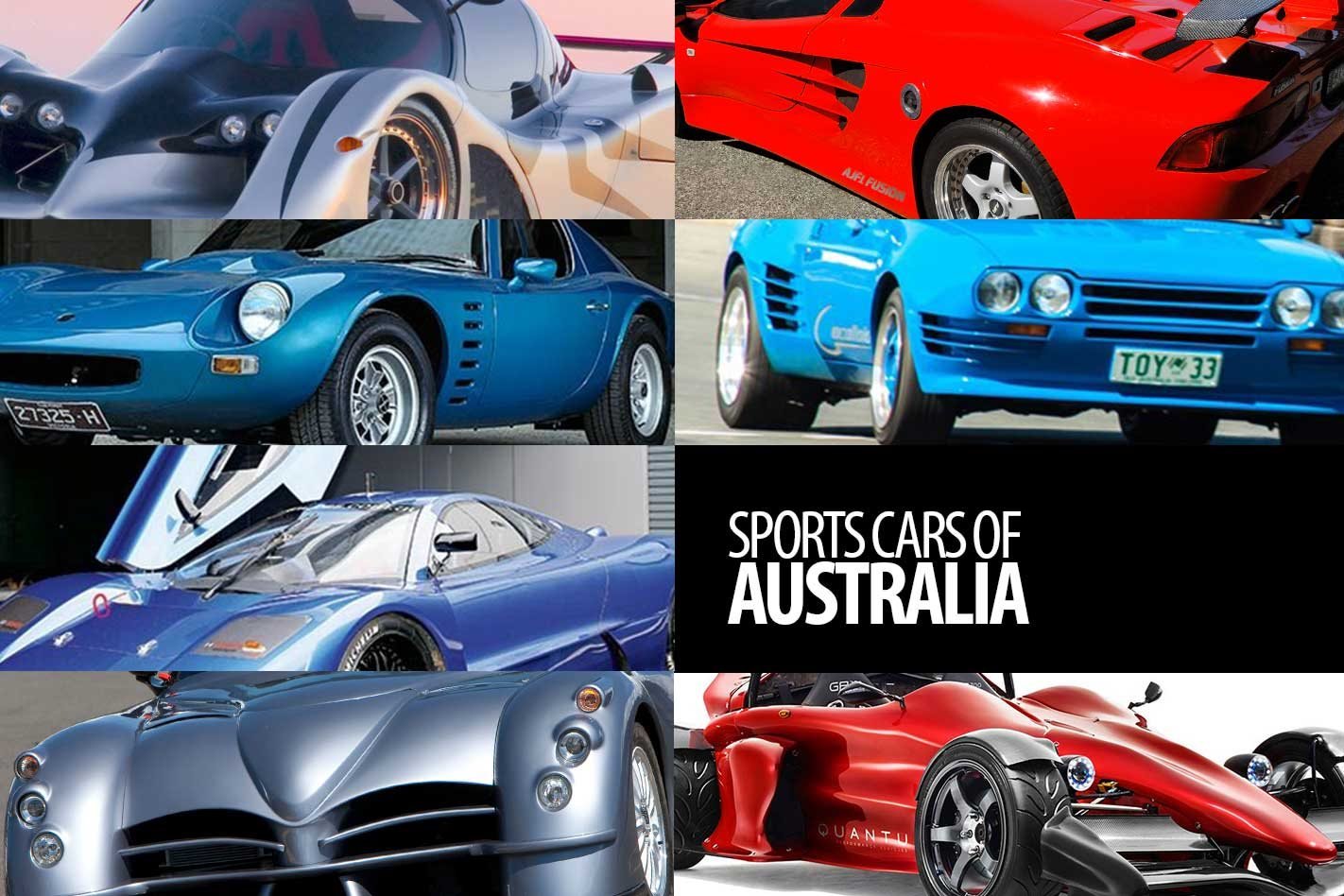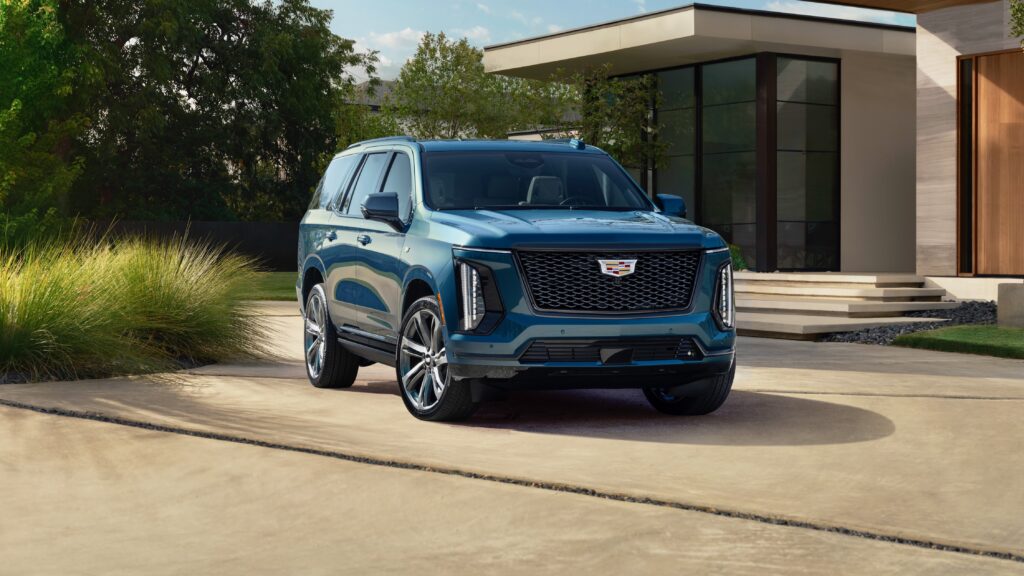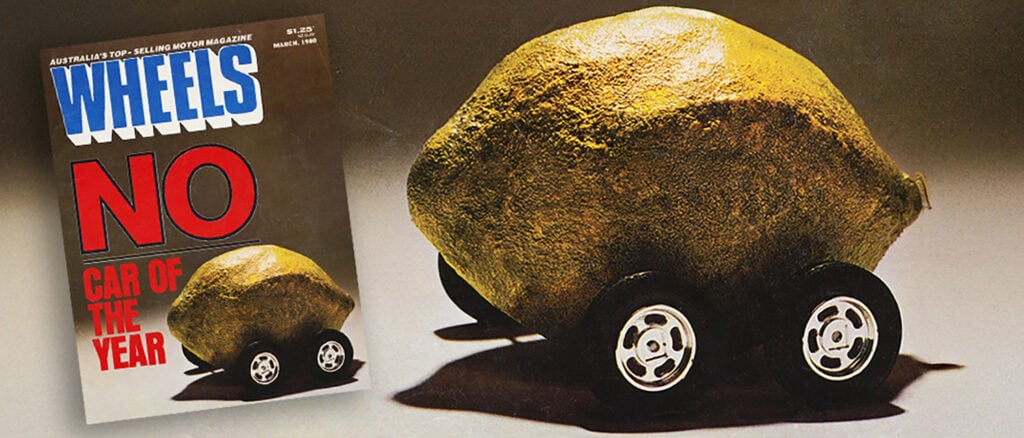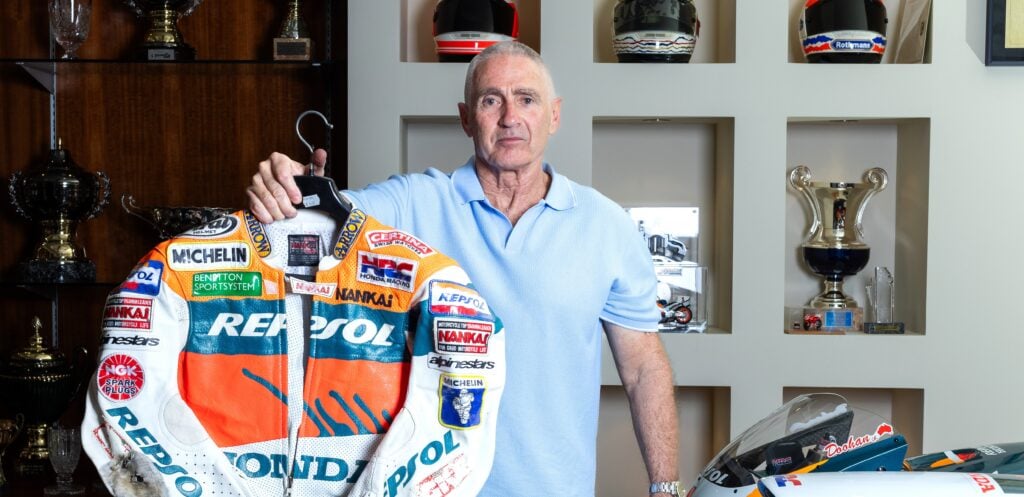While the announcement that the Brabham BT62 will be built in Australia has made us a car-building nation once again, it’s not like it’s the first time a sports car will have been built here.
We’ve had countless performance variants of the Holden Commodore and Ford Falcon roll off production lines, sometime wearing different three-lettered badges.
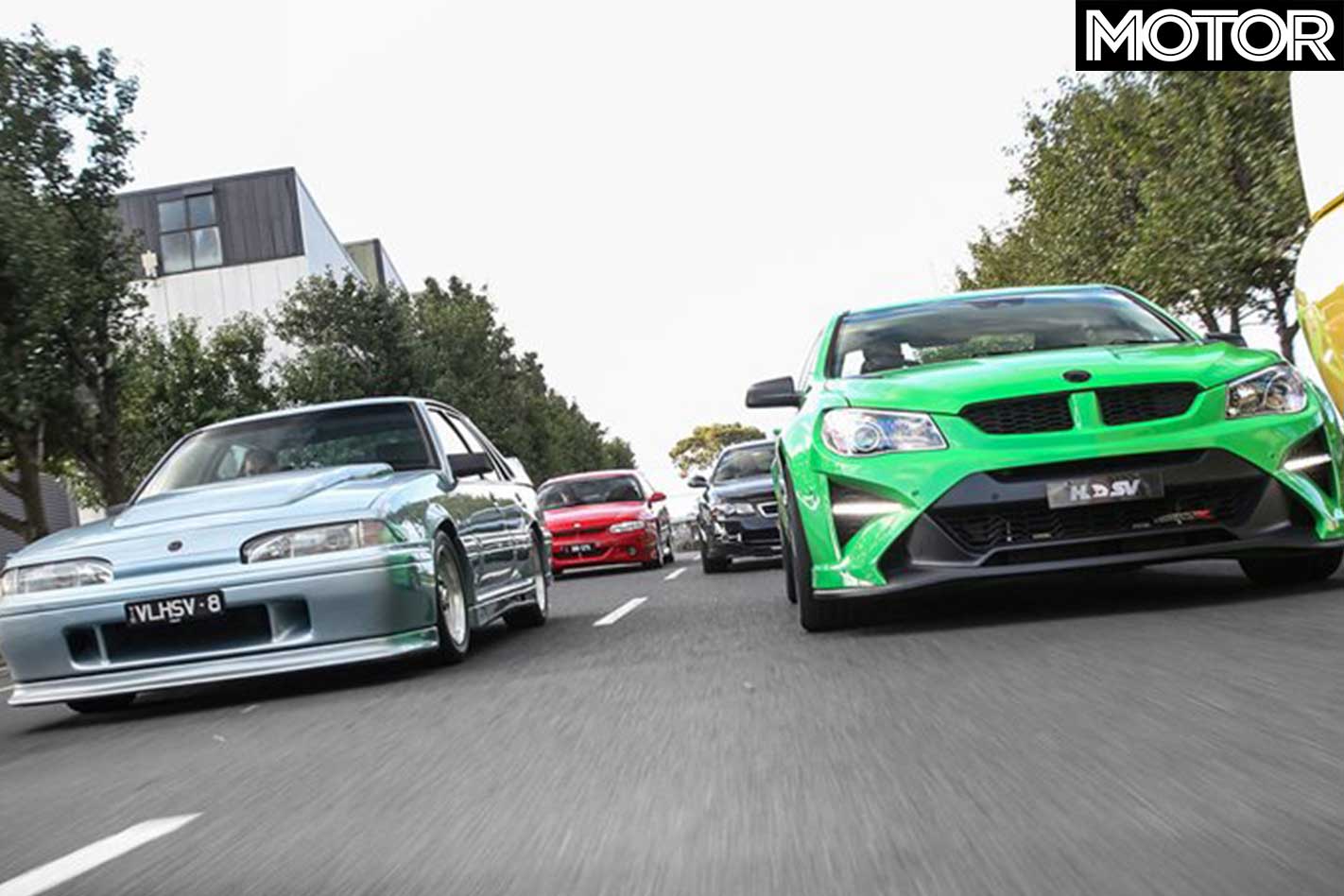
But that’s not what we mean by sports cars in this case.
We’re talking about the weird and not-always-so-pretty world of low-volume (if any volume at all) cars dreamt up by Australians just trying to create the next Ferrari-or-Lotus-killer.
We’re talking about cars like these:
Joss JT1 (Prototype)
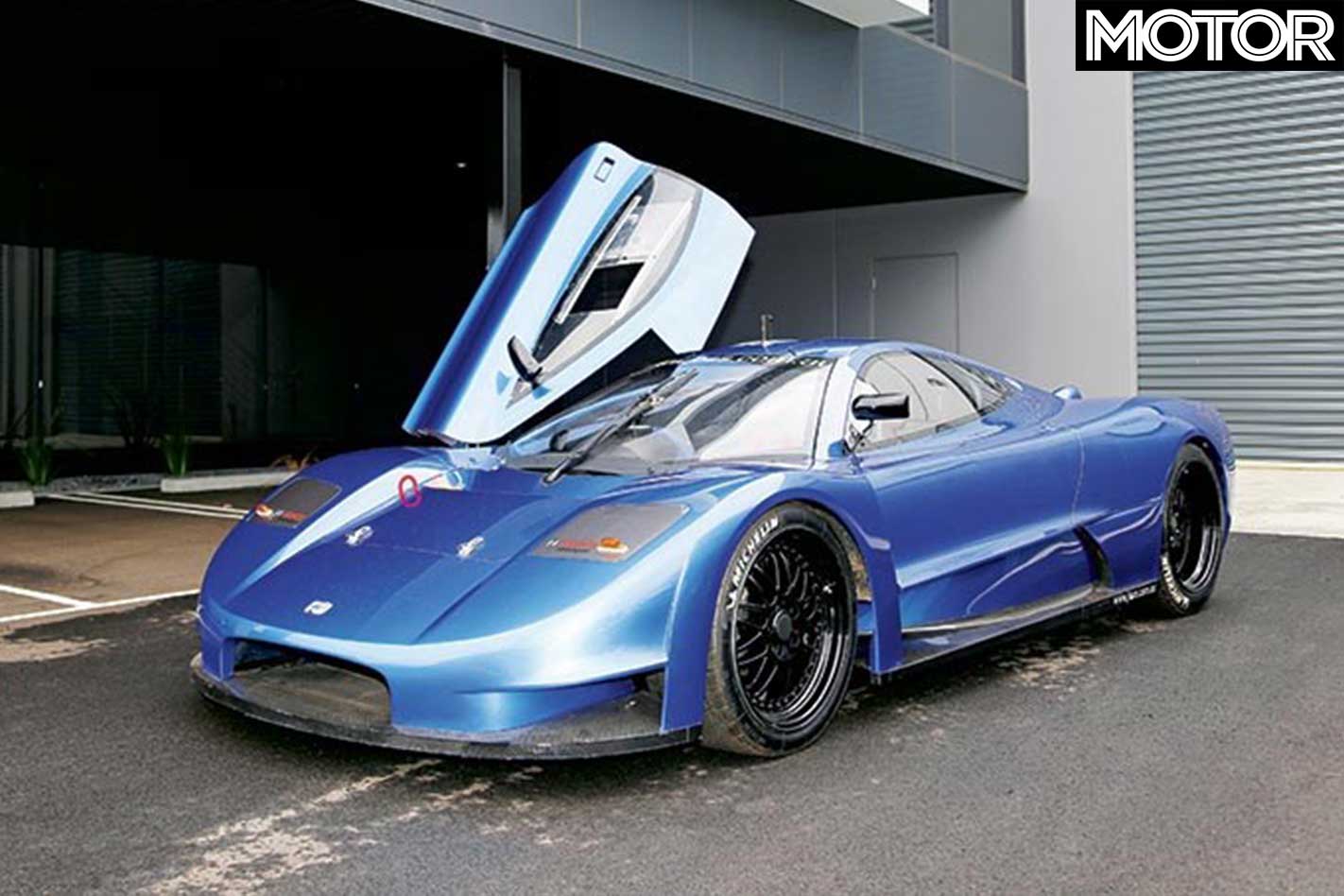
Or, there’s the off-chance it could be because you, like many of us, had hoped his dream of building a production supercar in Australia had come to fruition.
The Joss Developments JT1 is, alas, a car that has still not been able to roam the streets in packs, roaring a naturally aspirated, 6.8-litre V8 roar across the tarmac.
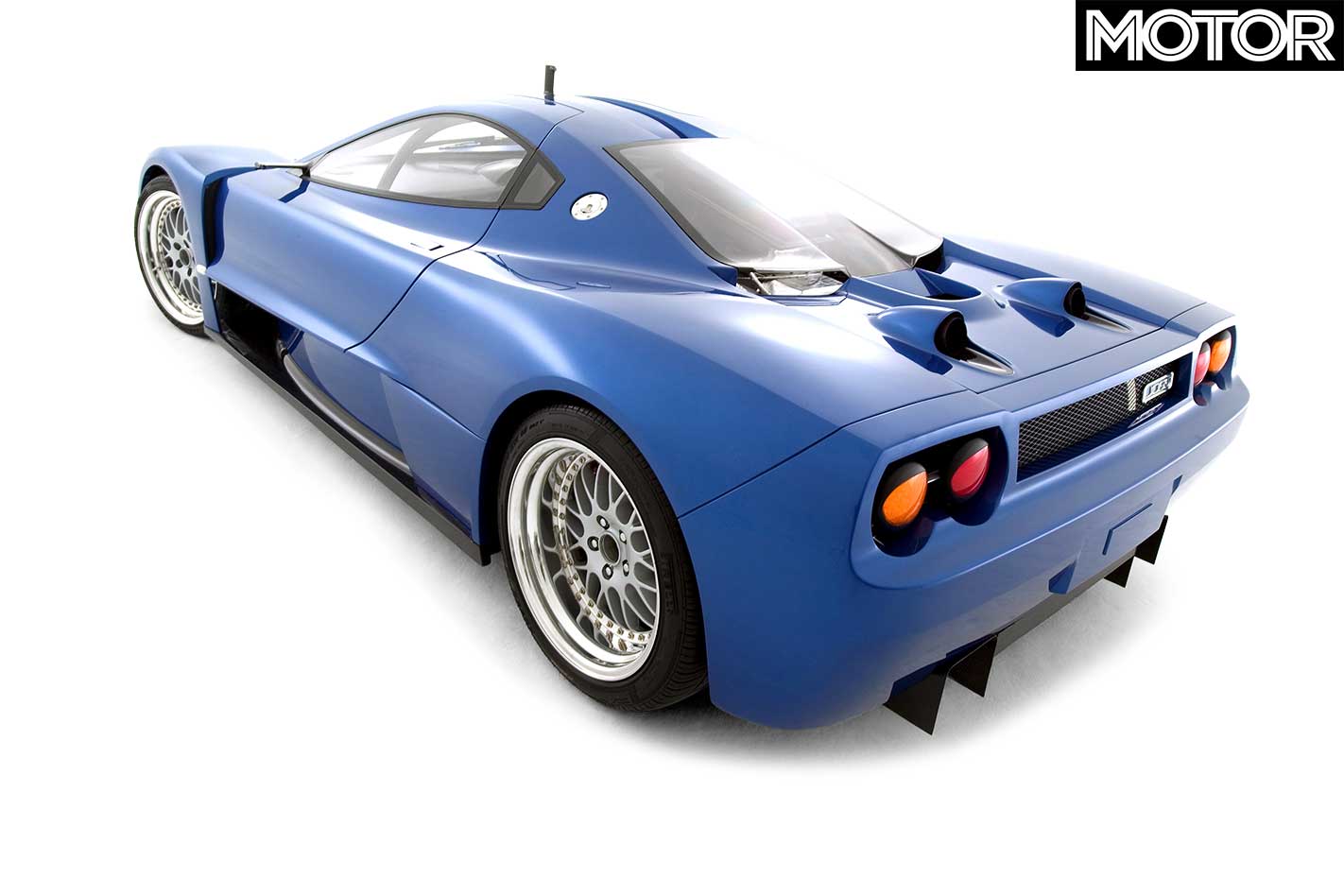
Bolwell Nagari (1970-1974)
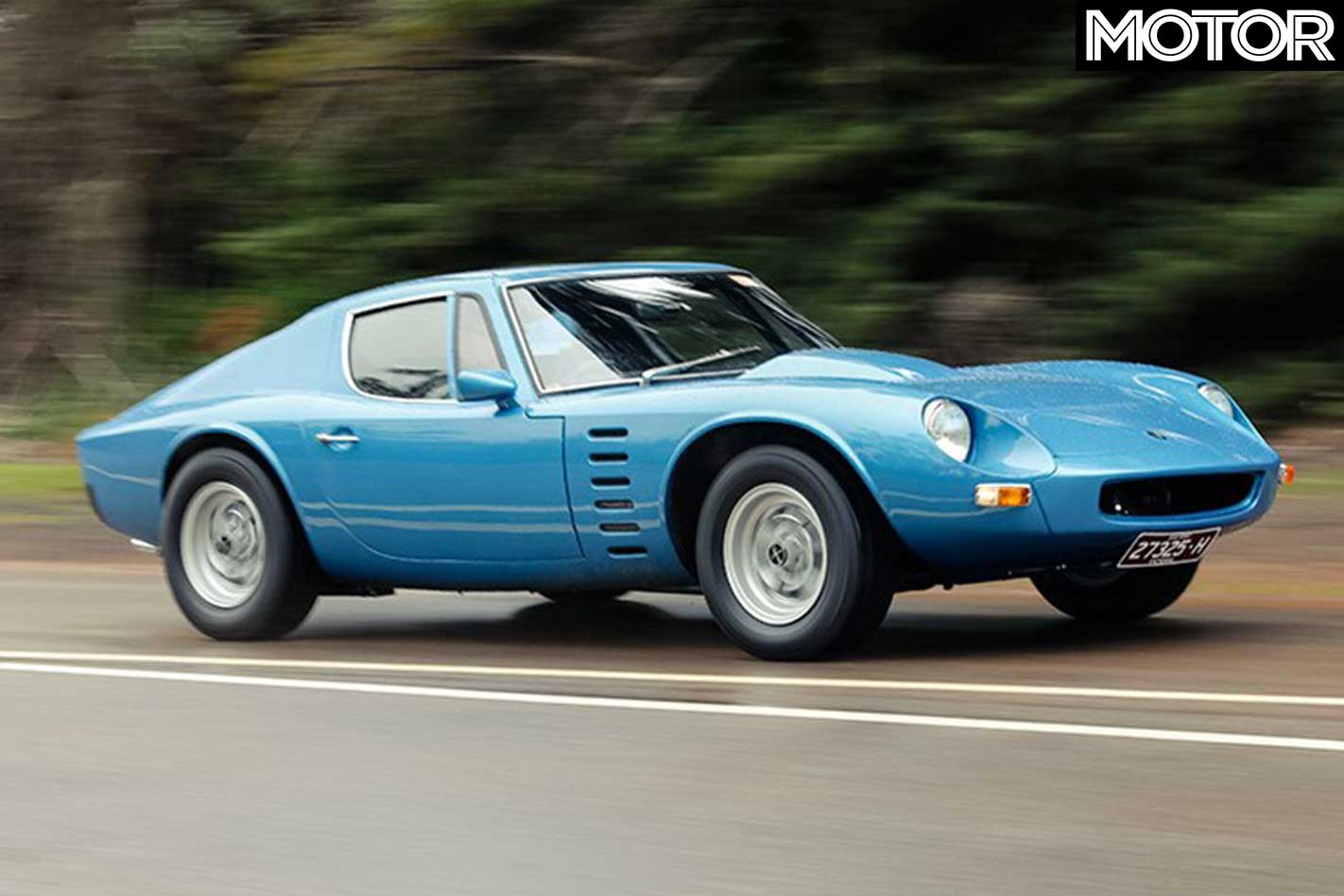
A car that did become a reality, the Bolwell Nagari is still considered one of Australia’s great motoring achievements.
A 5.0-litre V8 (Windsor or Cleveland, depending on the year) and fibreglass body meant power-to-weight was an advantage, and the things reportedly hold together quite well even today.
New Bolwell Nagari 500 announced!
Our friends at Unique Cars put one Dave Morley in the driver’s seat of one relatively recently, and Morley was pleasantly surprised.
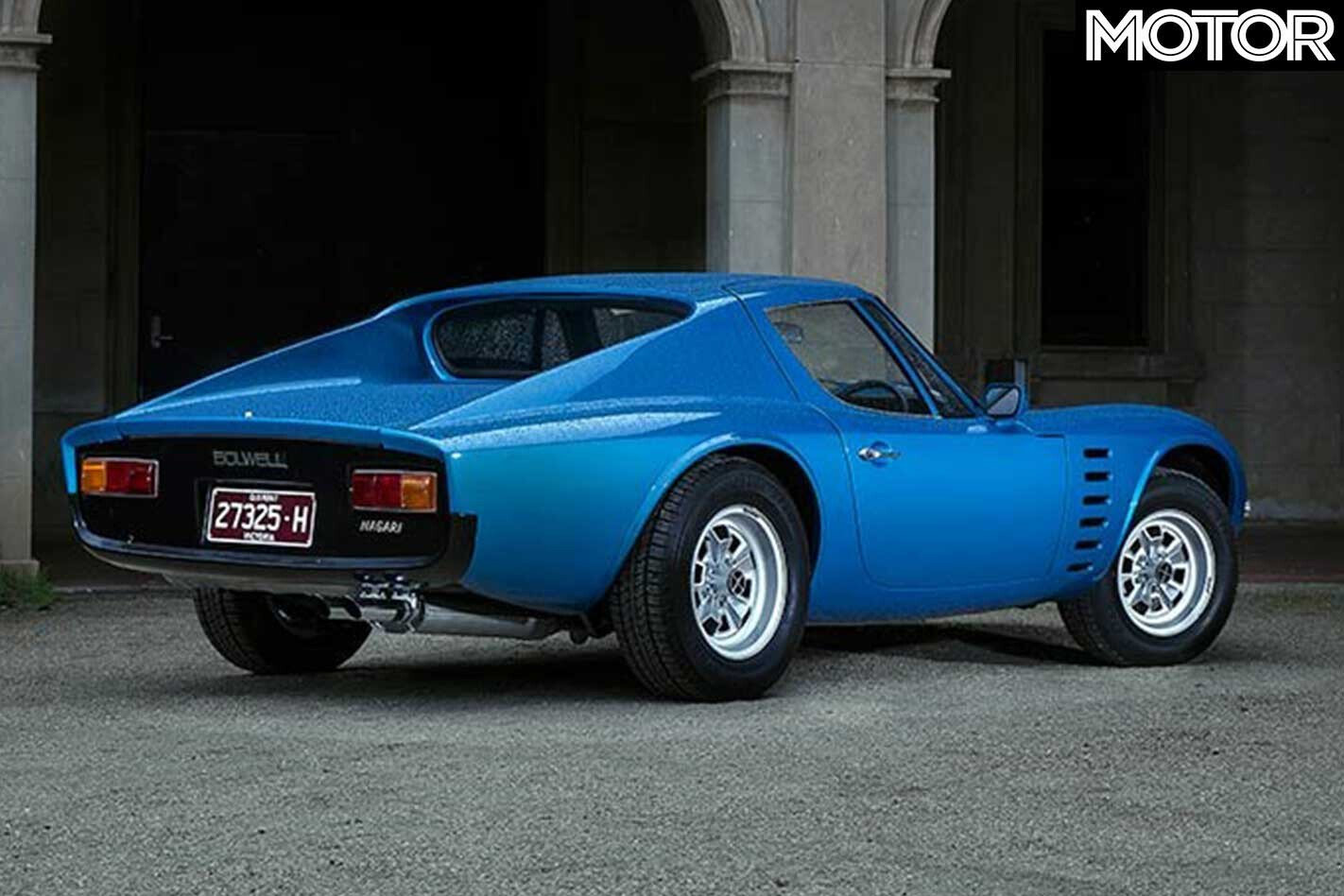
“It’s kind of the Australian Corvette,” he said of it.
“You can see where they were going with it… it looks like a Le Mans racer from some angles.”
Once production ended due to tightening regulations and a low production scale, Bolwell’s car building fell away… until relatively recently.
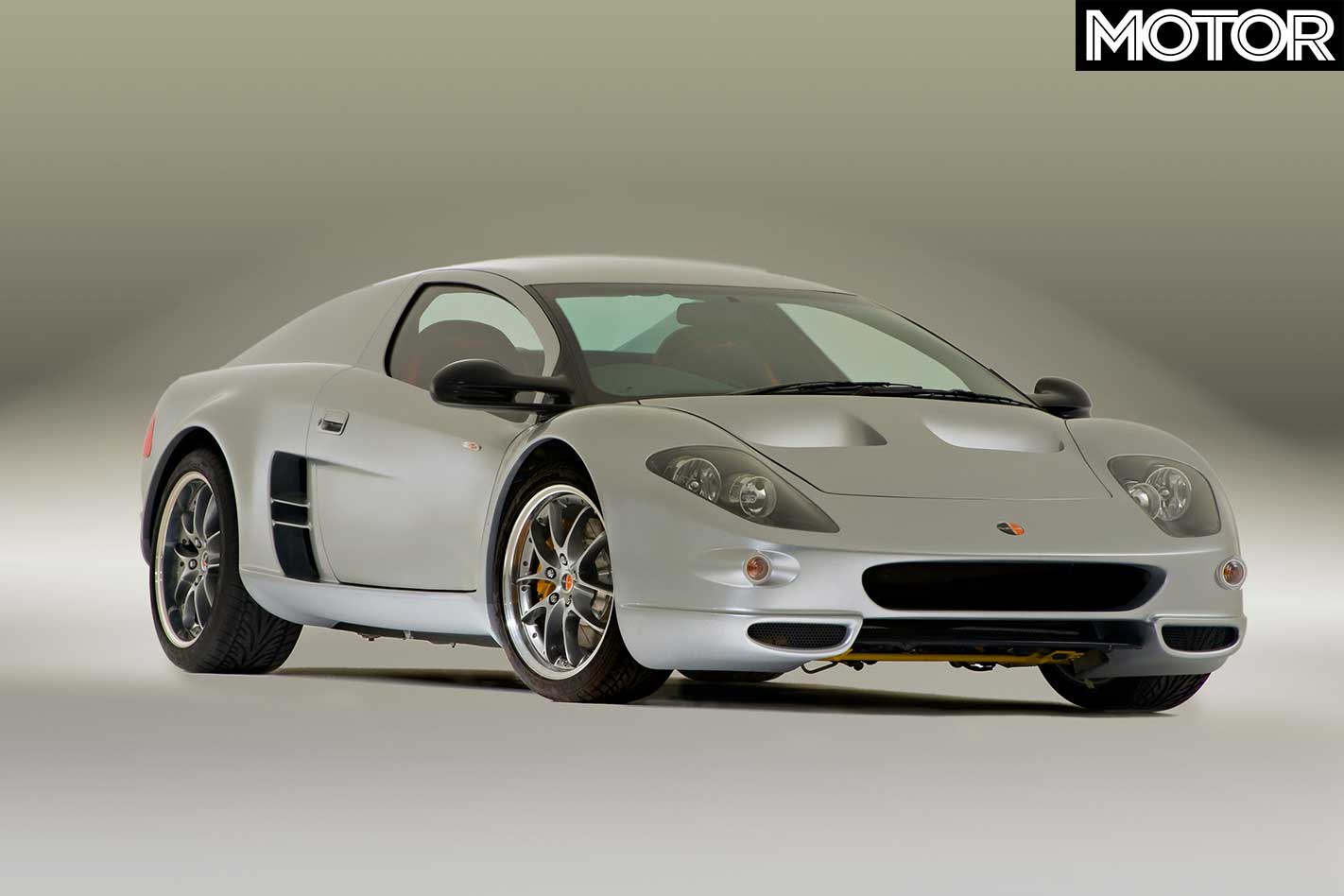
In the mid-2000s a mix-and-match of car parts with a mid-mounted 3.5-litre Toyota V6 became the new Nagari. It was not as pretty, prolific, or as fondly remembered.
Elfin MS8 Streamliner (2005-???)
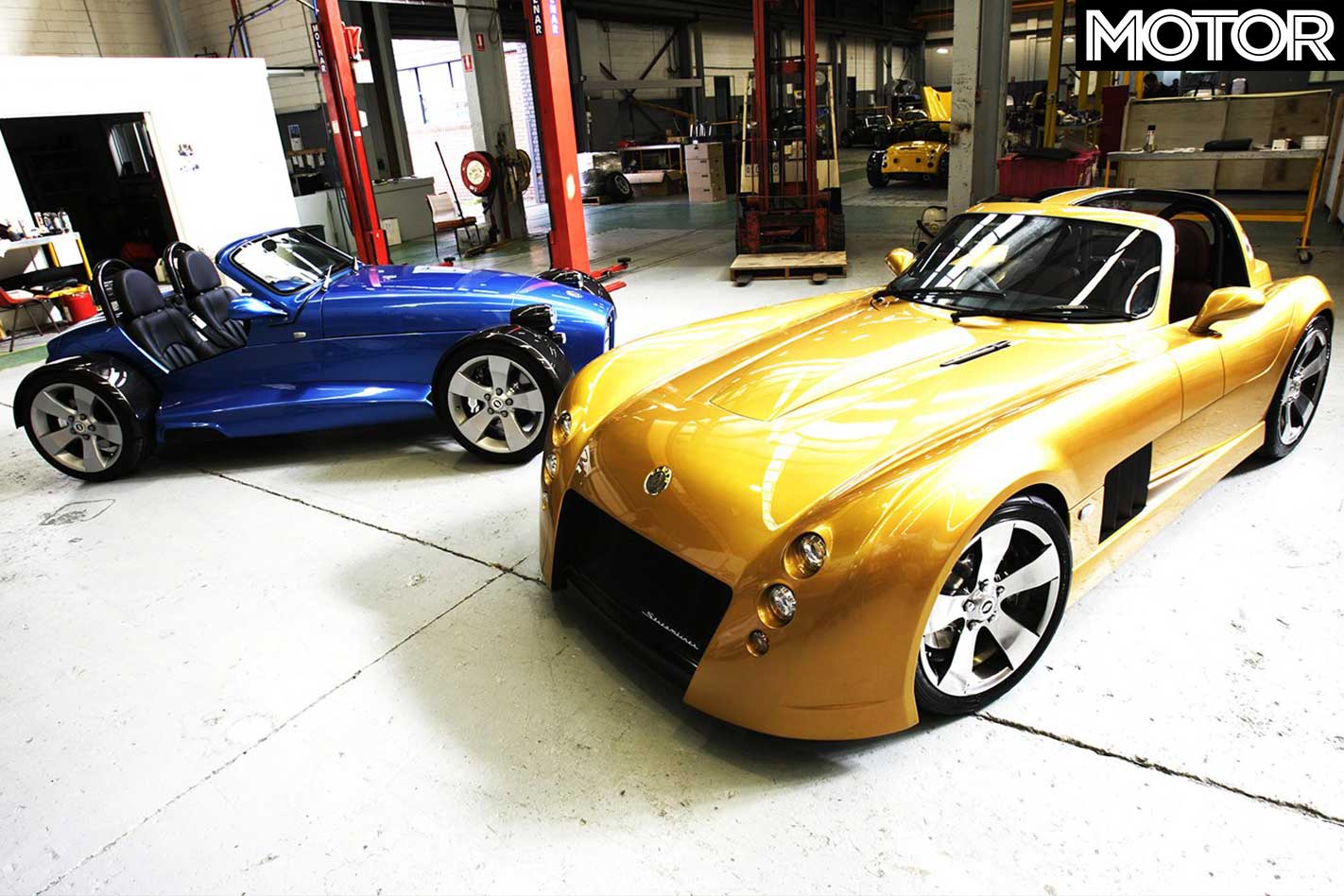
Now owned by Walkinshaw, Elfin hasn’t pumped out a car for a few years despite technically being still active.
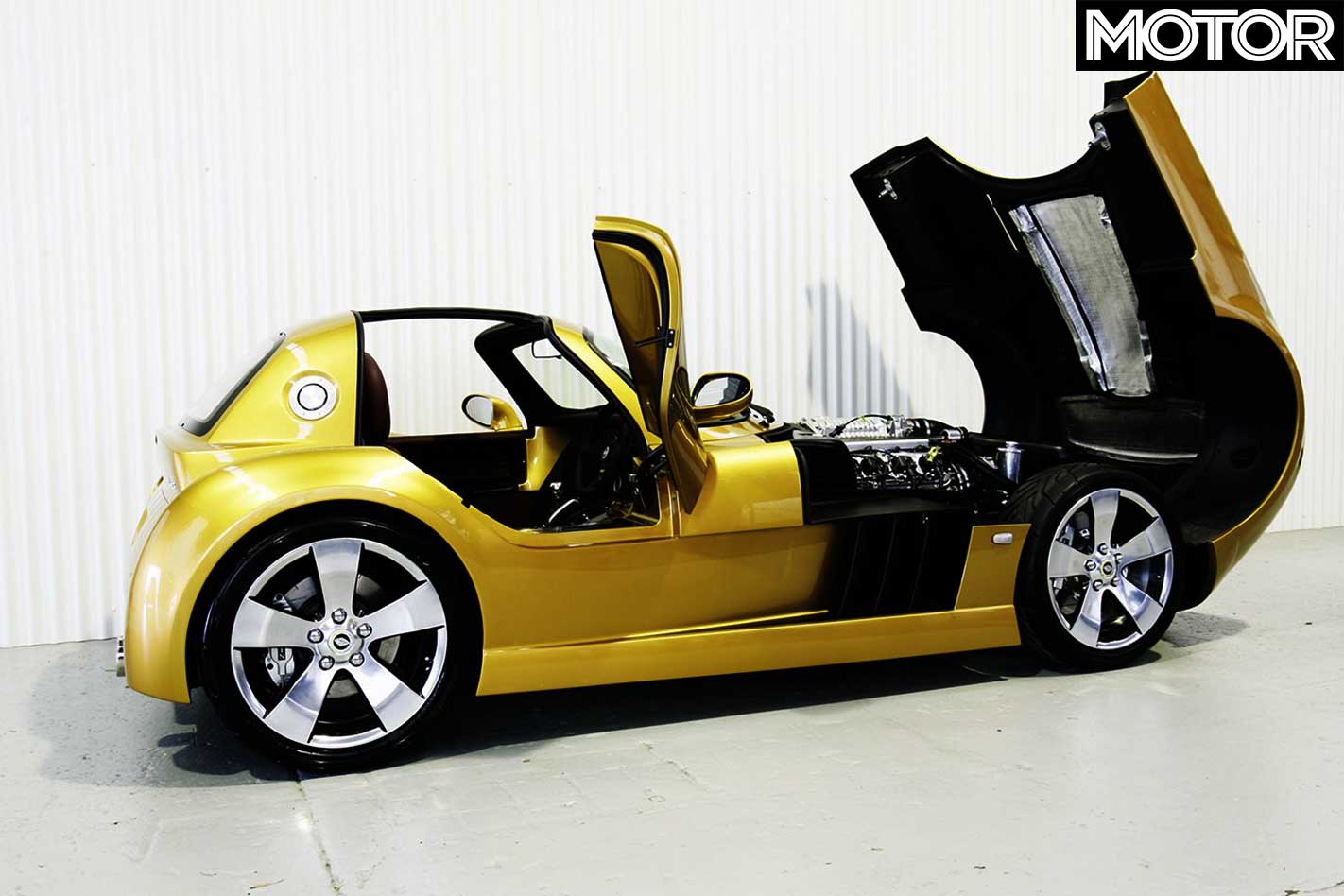
Giocattolo Group-B (1988-1990)
In the 1980s, IT entrepreneur Paul Halstead wanted to build a supercar. He was the owner of The Toy Shop, an exotic car importer in Sydney, but he wanted a car that was his.
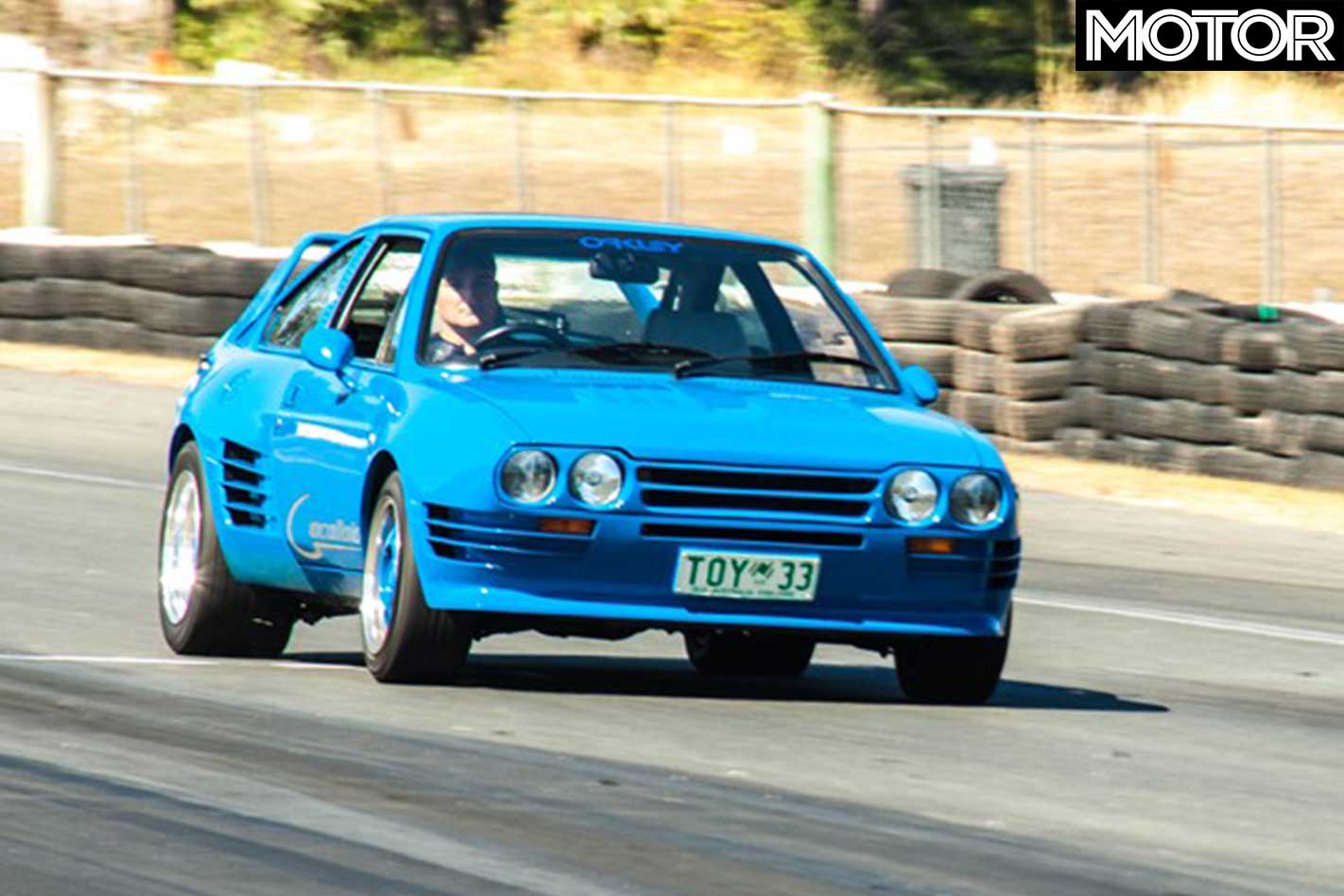
Luckily, for Halstead at least, Alfa Romeo had recently failed to build a Group B car in time to see it compete, Group B had well and truly died by this point.
Imported Alfasud Sprints and Alfa’s 2.5-litre V6 provided the basis for the Giocattolo, which was apparently good for a little more than 220kW, with a kerb weight of just below 1100kg.
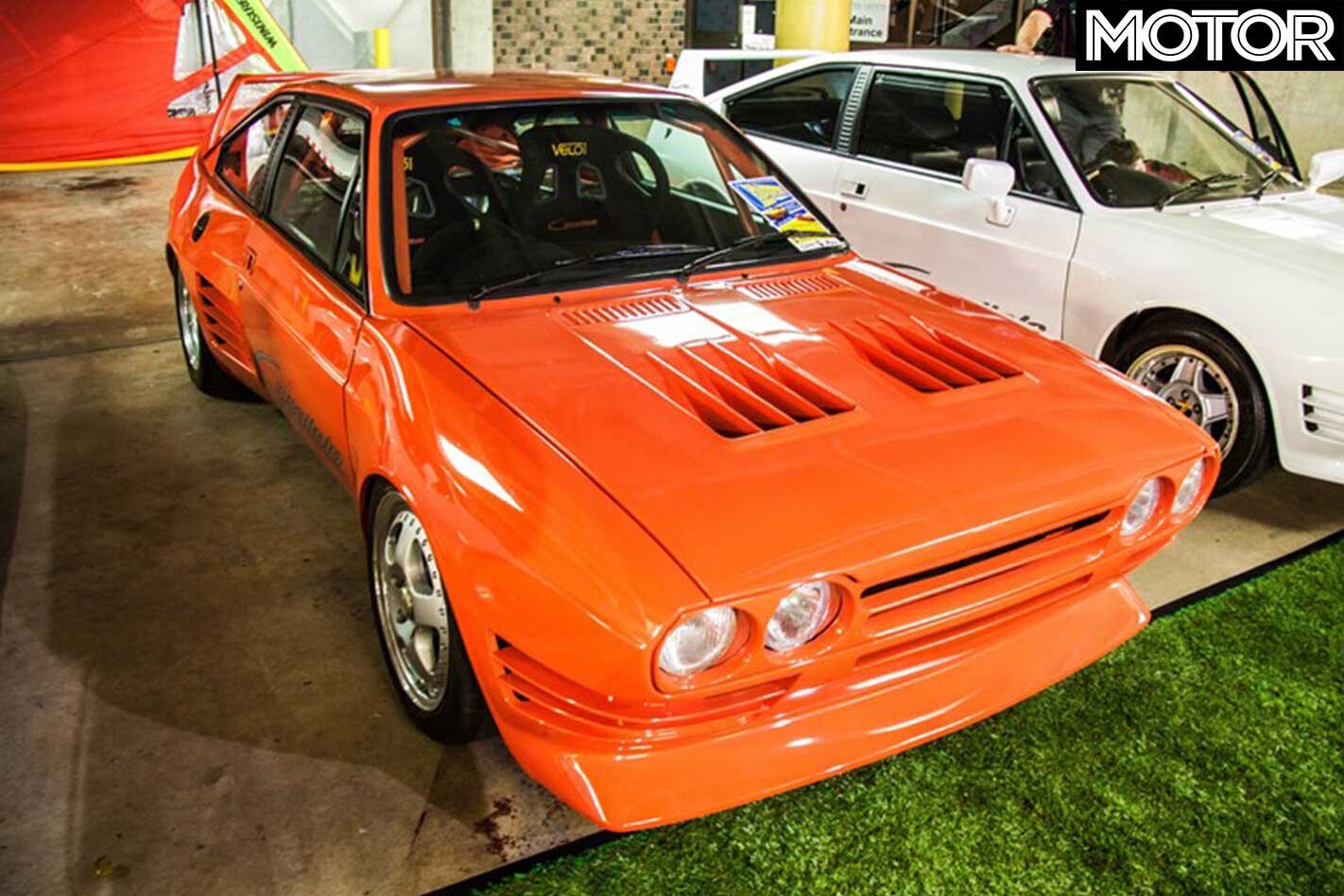
But the V6 proved difficult, so a 5.0-litre V8 from Walkinshaw (HSV) became the new powerplant.
“It wasn’t the most cost-effective way of doing things,” Halstead reflects, “What was meant to be an affordable V6 sports car quickly became an expensive V8 one.”
Around 15 were reportedly built, though where they all are is anyone’s guess.
Skelta G-Force S/C
ADR-compliant and registerable on the road, the Skelta G-Force S/C (supercharged) was built on a TIG-welded 25.4mm chrome-moly steel chassis with running gear nicked from a Honda S2000.
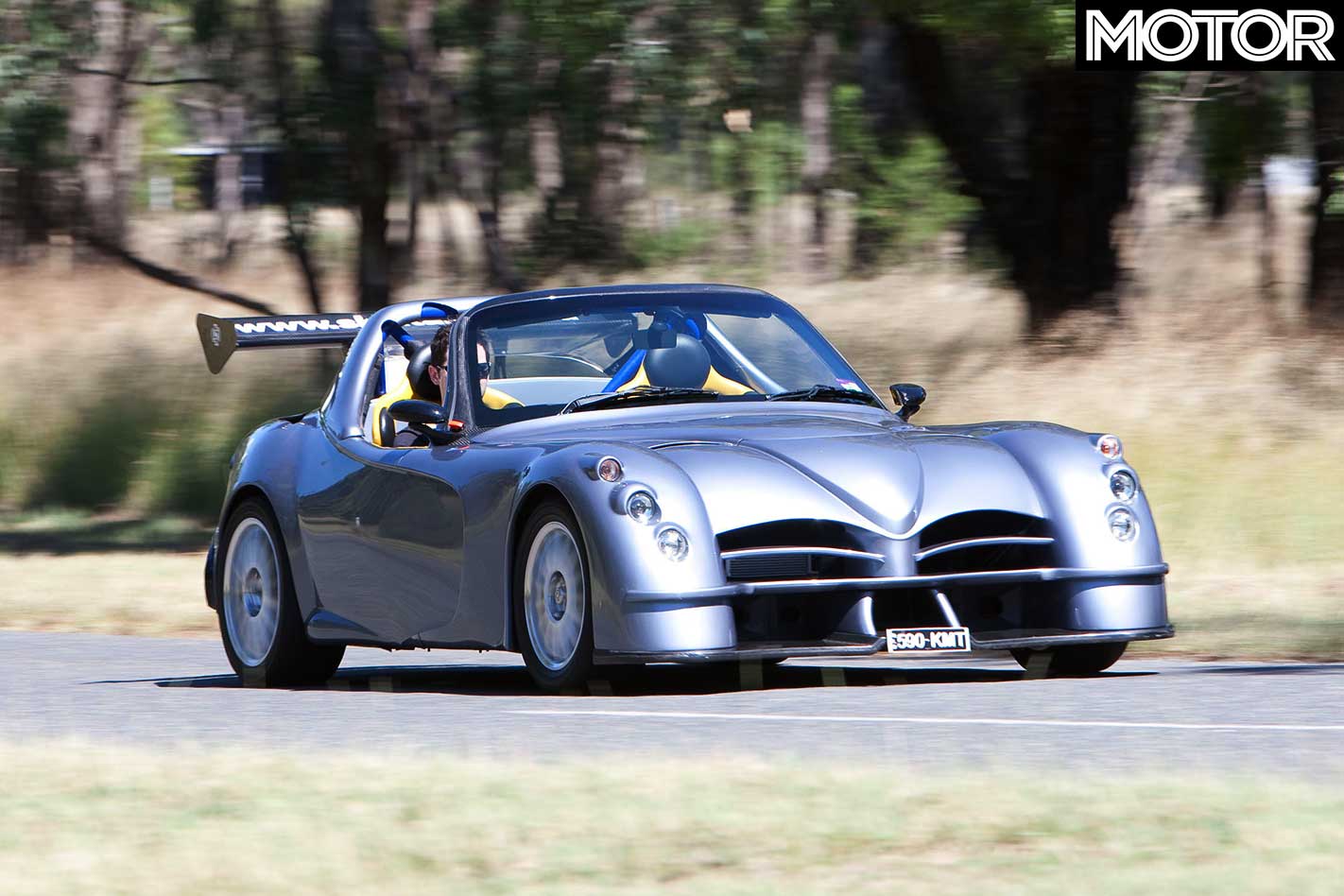
In addition to that, it cost a dizzying $160,000. Dizzying given it was mostly unproven. And had no heater.
But we drove it in 2009 nonetheless, and actually quite enjoyed it. Shaun Cleary, our man on the ground back then, said the balance and grip was “phenomenal.”
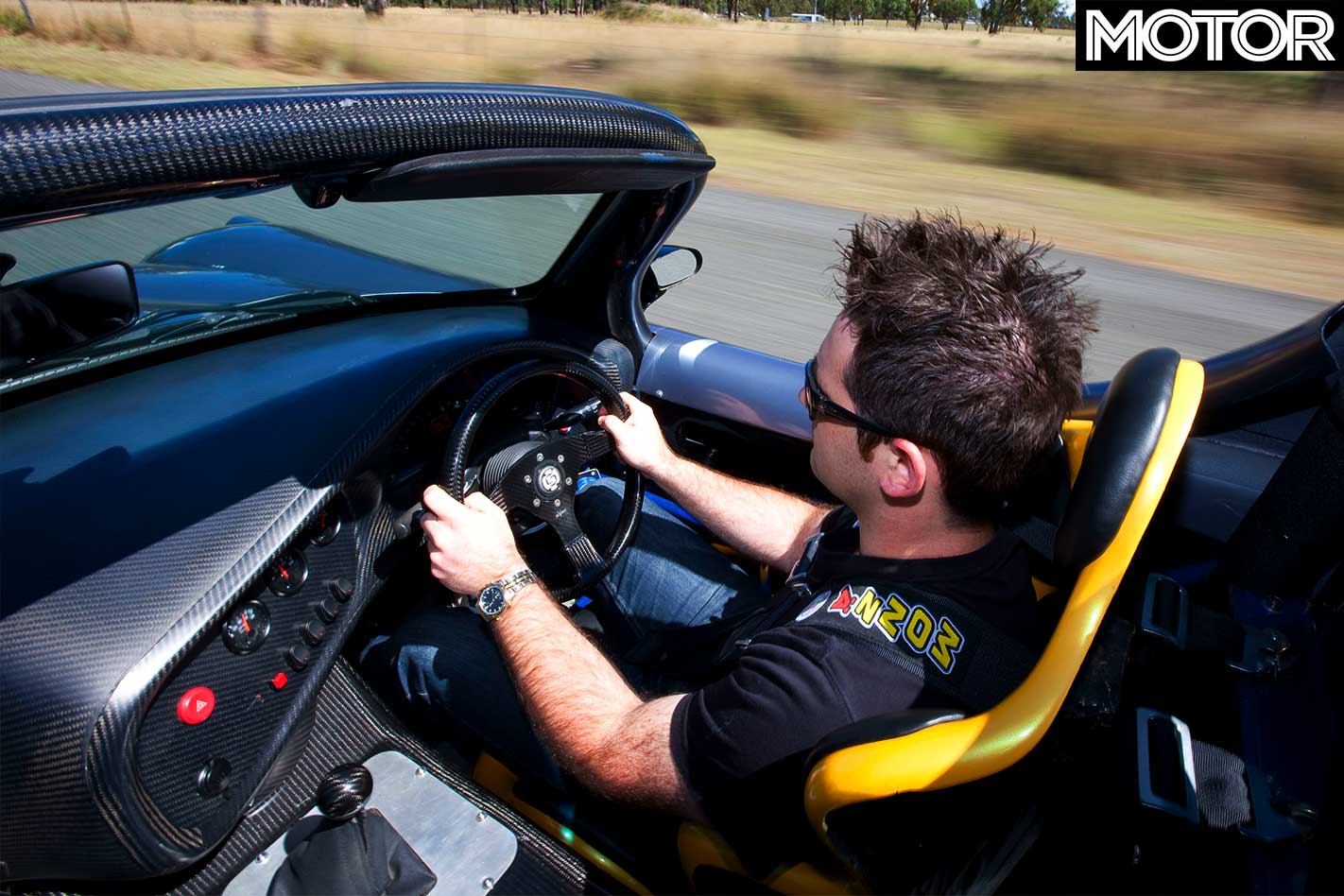
“To win Targa Tasmania would give me a great deal of self-satisfaction,” he said.
“Really, the last guy to have tasted international success in his own car was Sir Jack Brabham. We’re certainly not claiming the same level of success, but Sir Jack’s definitely been an inspiration.”
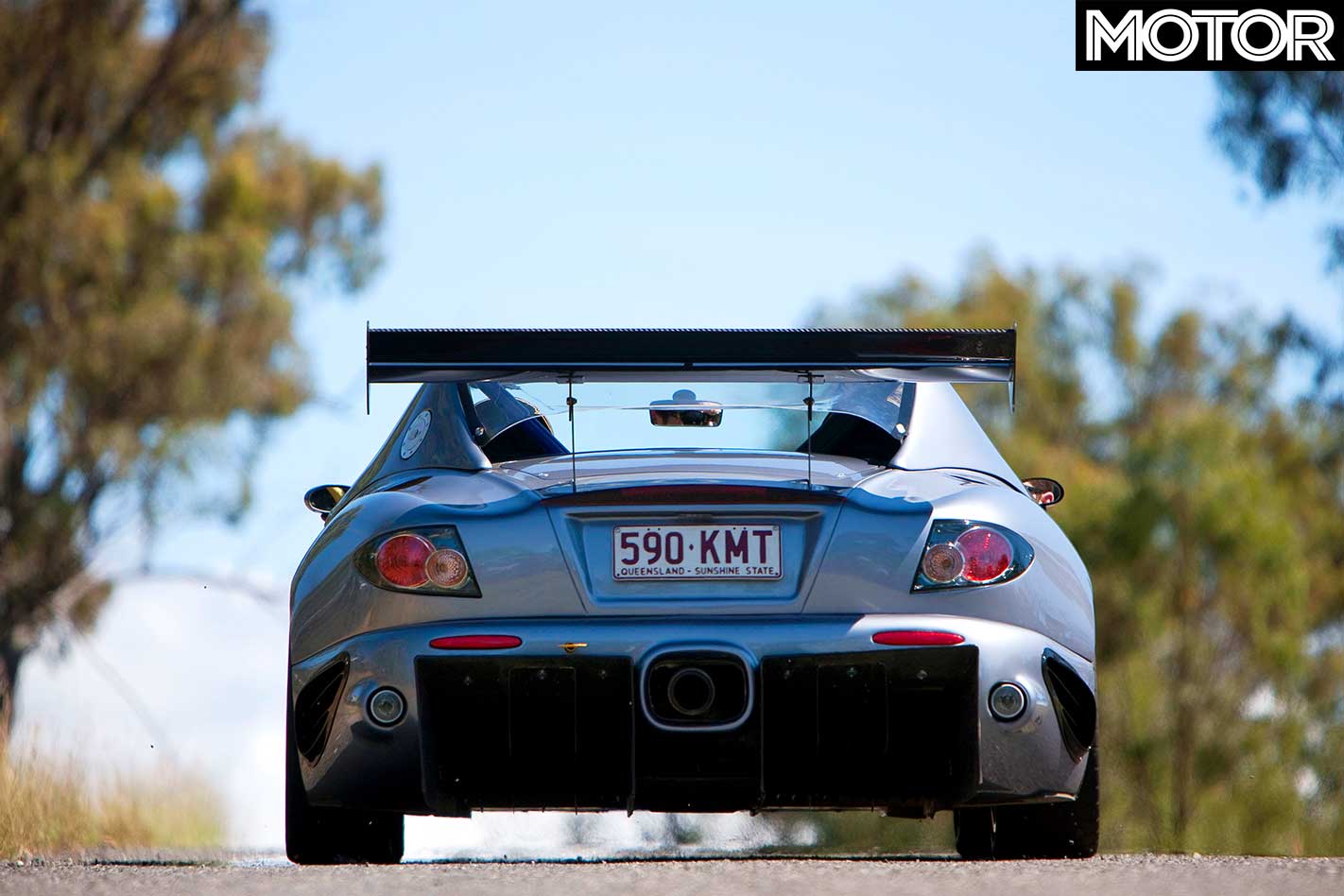
2006 Redback Spyder
We were told it would have a top speed of 320km/h and hit 100km/h in about three seconds.
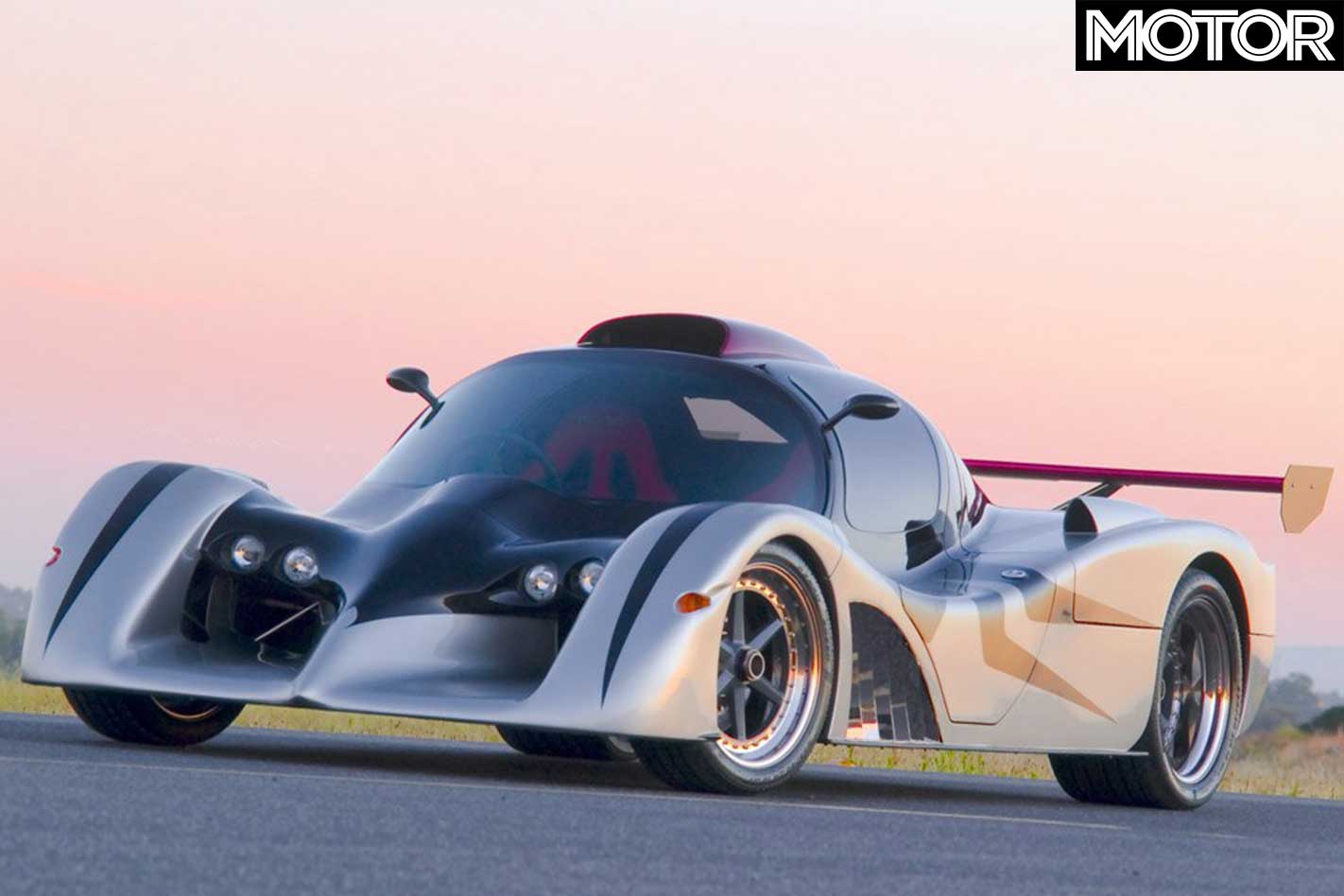
The TV series Beyond Tomorrow very briefly covered the Redback which meant we did get to see it in limited action, but don’t expect a technical dive of the thing.
2001 AJF1 Fusion
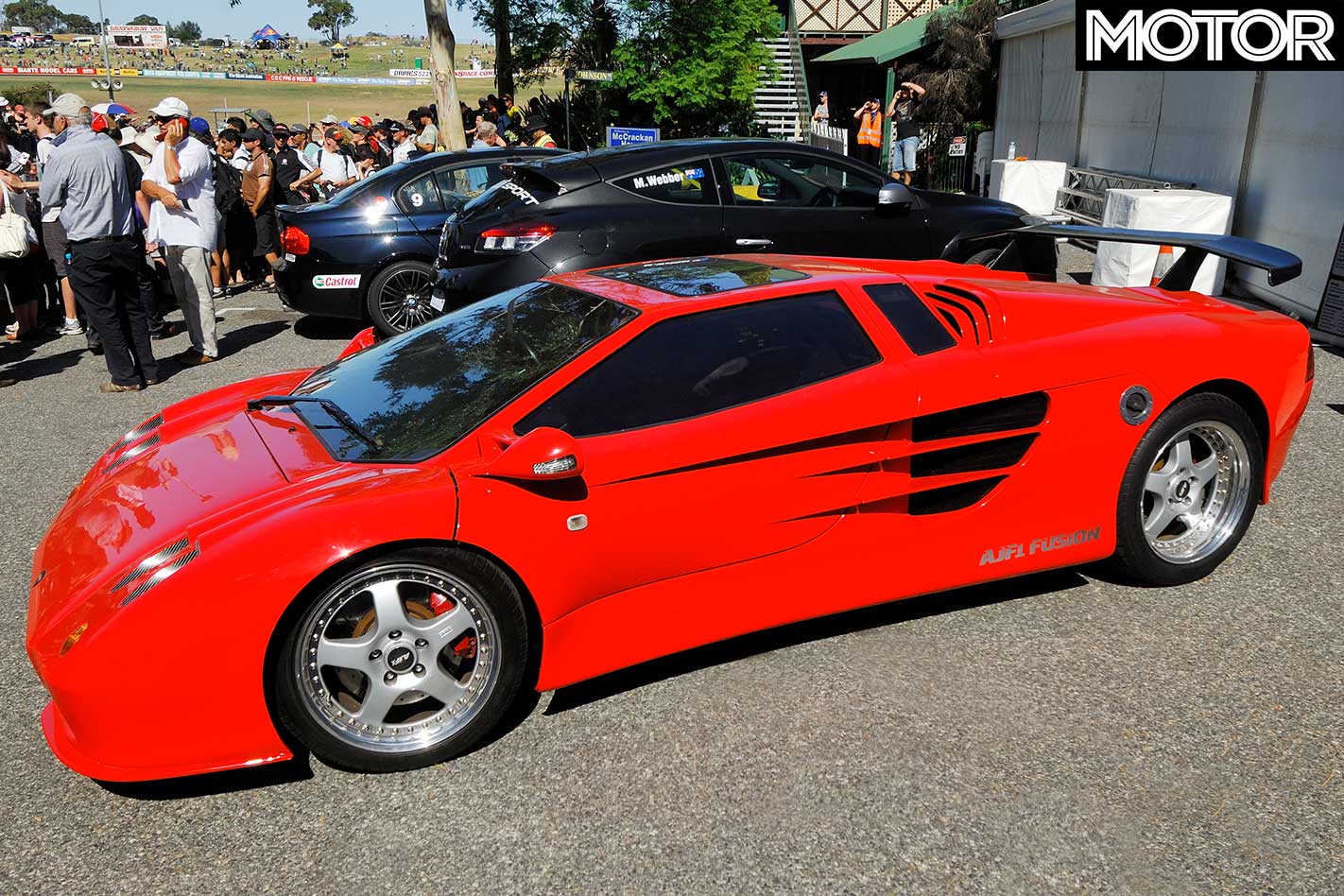
“Just about every other bloody country has got its own supercar, and I thought there’s no reason why we can’t have a home-grown one,” he told MOTOR in 2011.
“I think a vehicle has to have four things: it has to have looks, performance, finish, and price. We believe now that we’re getting there.”
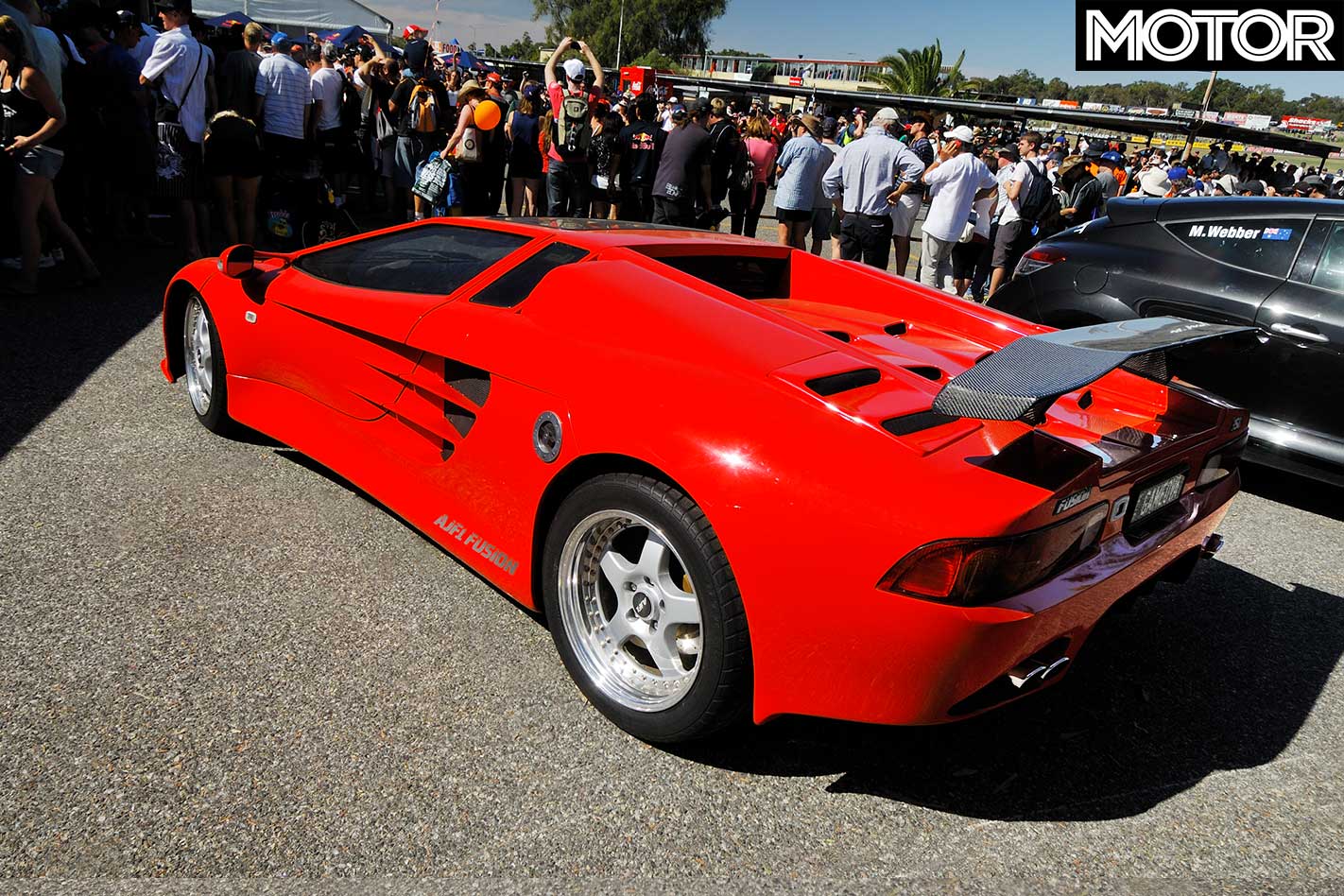
We’ll leave it up to you as to whether it had the looks.
Spartan-V
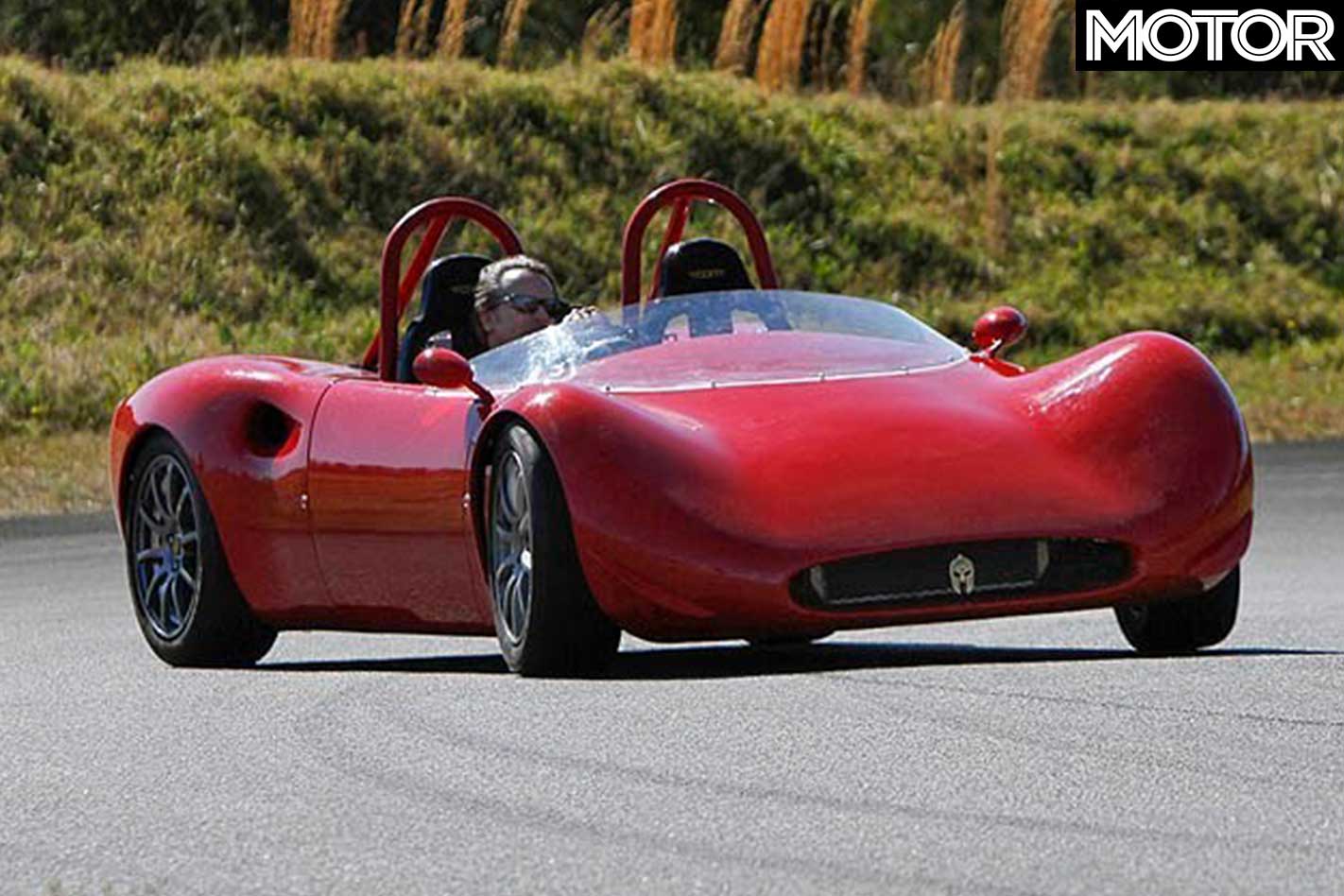
Its name comes from its approach to features – in that there are few.
“Carbon-fibre body panels with quick-release fasteners, fully-adjustable Ohlins racing shocks, and exposed suspension components reinforce the aggressive form and function of the product,” the description on Spartan’s still-active website states.
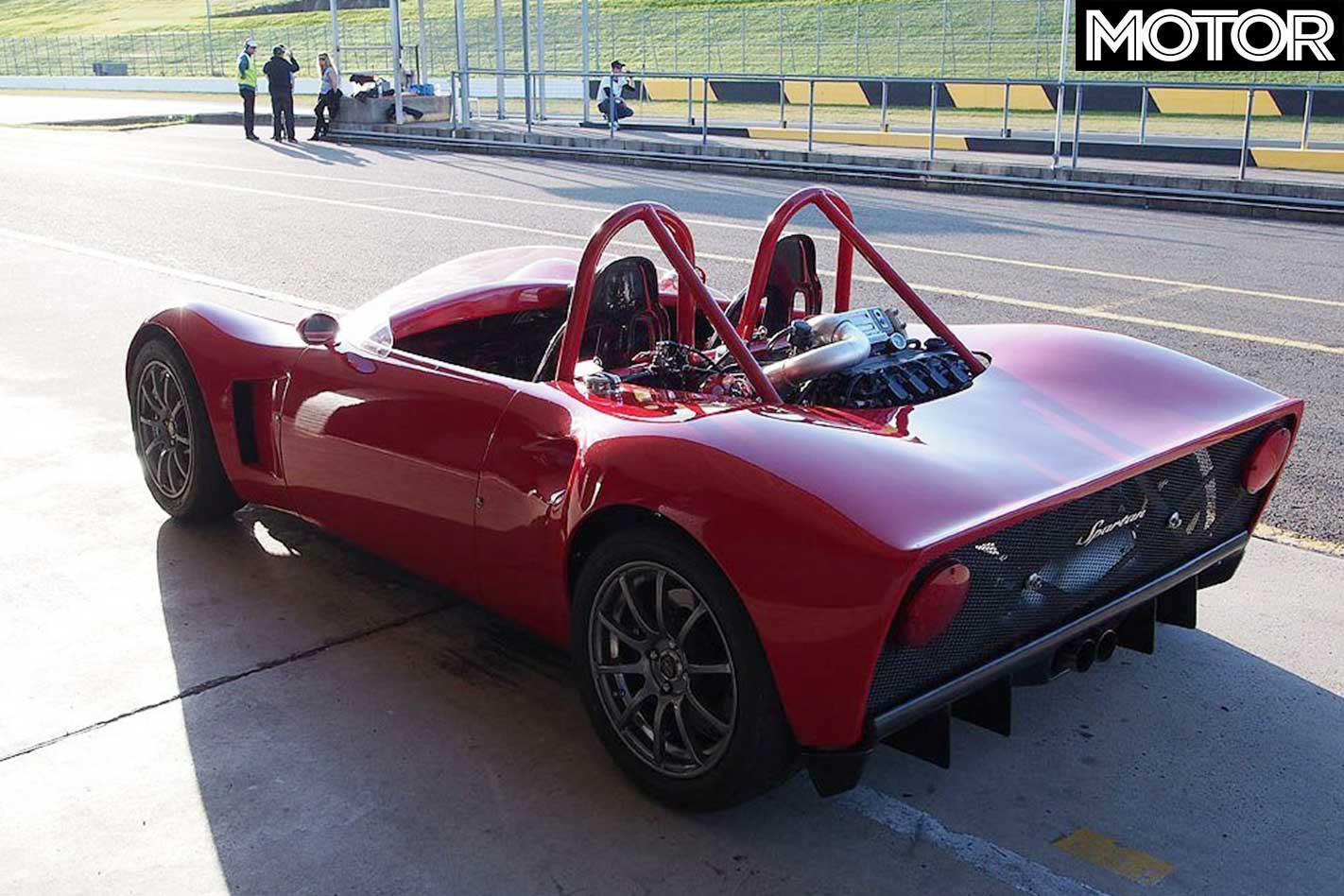
If the Spartans did go into battle with the real production run number from this car, however, it would have been a very quick battle indeed.
Quantum GP700
A 522kW/654Nm ‘Ariel Atom-style’ club car built in a Melbourne shed with 751kW-per-tonne is about as Australian as it gets. David vs Goliath.
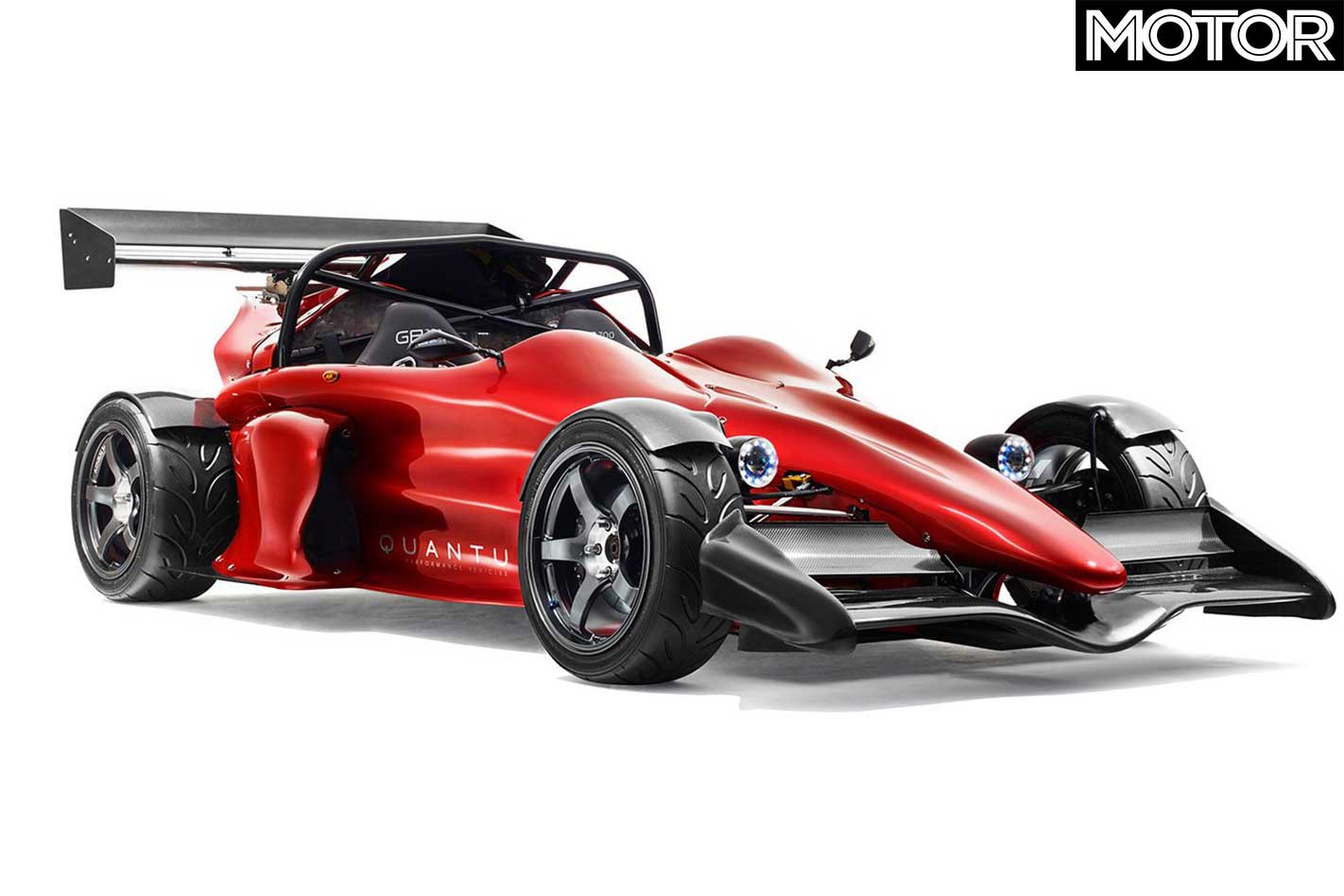
But he was very realistic about people’s expectations of the car. Especially given its asking price was nudging the million last we heard.
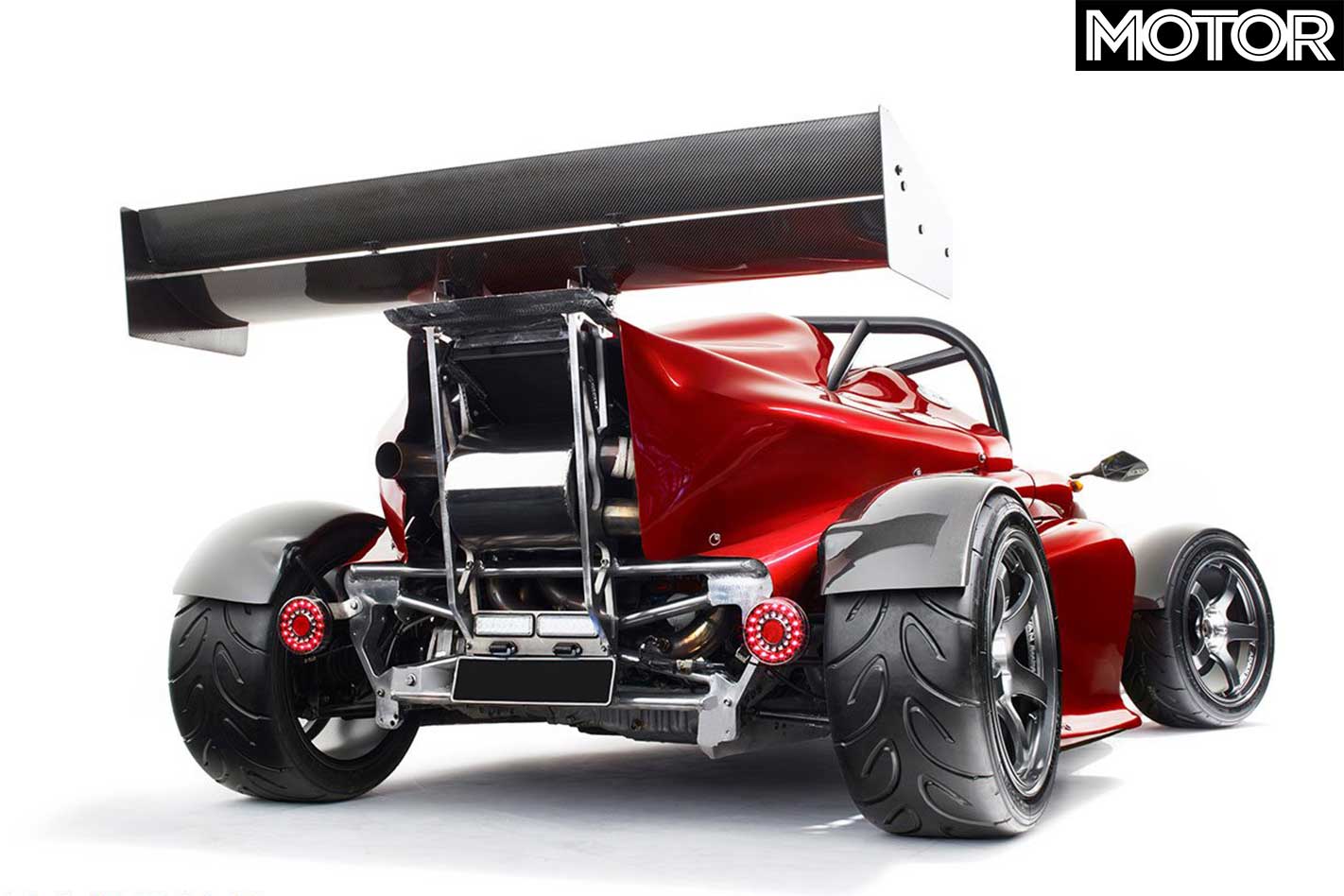
“We can’t really be compared to an FXX; we’re not Ferrari, and we’re not claiming our car is the same as one of theirs,” David told MOTOR.
A couple of years ago, he invited us to have a closer look, and we were thoroughly impressed.
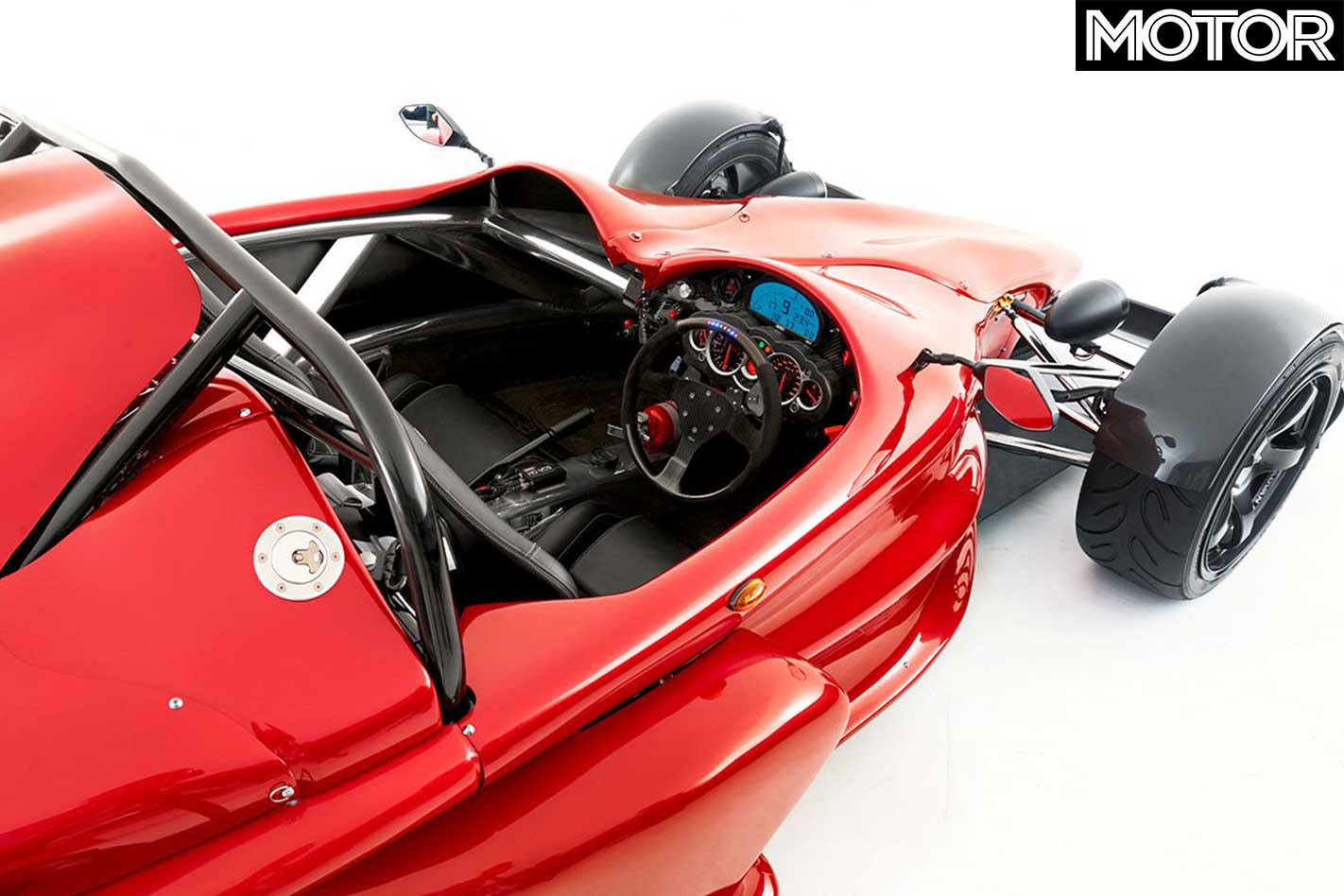
We haven’t heard much since, but it seems you can now buy a ride in the GP700 through Adrenalin.com.au.
NOTE: Thanks to MOTOR’s sister-publication Unique Cars for letting us dig through the UC archives.


